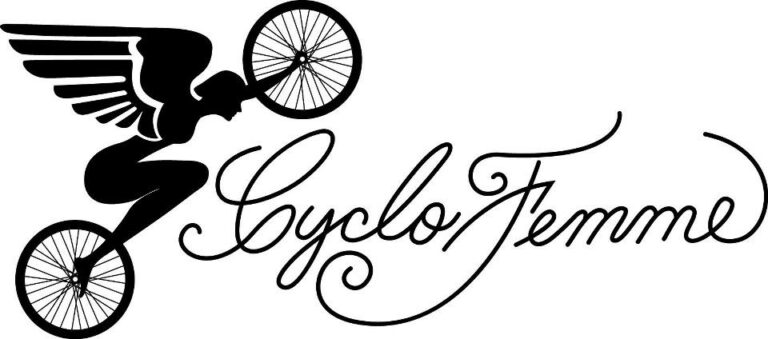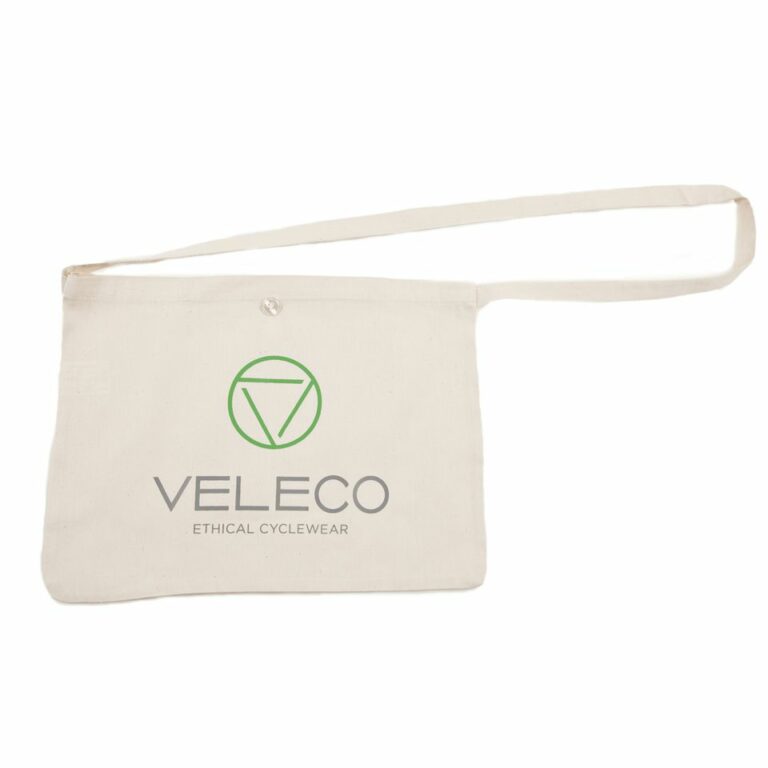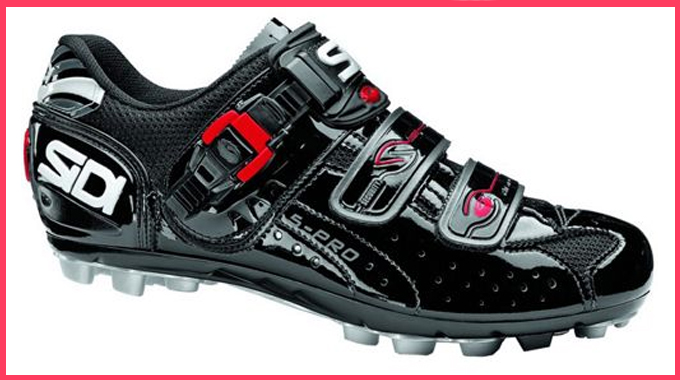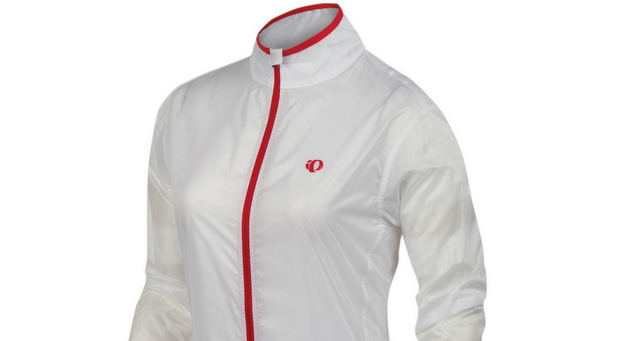For an enjoyable ride, it’s absolutely essential you match your cycling gear to the weather. Easier said than done with the insane weather we’ve experienced so far this year.
To help you out, here are some tips and key transitional products to help you cope with the switch of the seasons.
EAR WARMERS
Rather than covering your whole head, ear warmers are a perfect way to combat the morning chill.
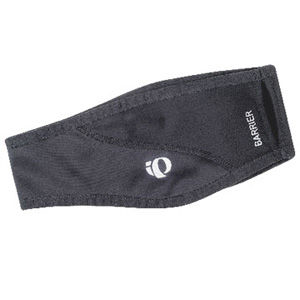
Not only will it keep you toasty, ear warmers act as a sweatband, helping reduce forehead spots, as you can wash it post ride. A darn sight easier than chucking your helmet in the washing machine.
GLASSES
With the British weather able to give us all four seasons in one day, it’s sometimes difficult to know what glasses and lenses to opt for. Do you wear dark lenses, hoping that the sun will shine, or light glasses to shield your eyes from wind and dirt?
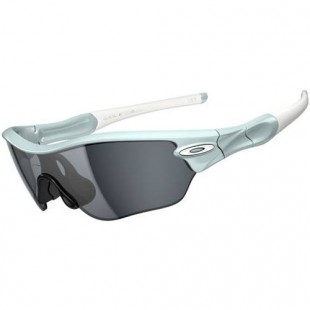
If in doubt, we recommend you opt for light or clear lenses. Even when the sun isn’t shining it’s always best to protect your sight from flying debris. With the amount of glasses on the market that come with clear, light and dark lenses, you’re spoilt for choice. Chuck in the transition lenses option and you’re laughing.
BASE LAYERS
Even in the relative warmth of the British summer, we can’t stress the importance of base layers. They help transfer moisture away from the body and keep the wind at bay, stopping you from getting a nasty chill.
At this time of year, chose a short-sleeved base layer as opposed to the long-sleeved options, as these may be a tad too warm.
JERSEYS
It’s a good idea to have both long and short-sleeved jerseys in your wardrobe at this time of year.
When dressing for a ride, always have in the back of your mind; the weather and the profile of the route you’ll be cycling.
If you’re setting off early on a long ride, but you know the sun will shine and you’ll be covering some serious hills, opt for a short sleeved jersey made from UV protective material and arm warmers.
If your route is relatively flat and the weather isn’t looking too promising, keep warm by layering a long-sleeved jersey over a short-sleeved base layer.
The recommended features to look out for on all jerseys include, three rear pockets, a full length zip running down the front for both ease of access and temperature control, and enough material at the front so it covers the bust and tummy comfortably.
GILETS
A vital layer that can make or break the comfort of your ride, the gilet is a perfect piece for this time of year. A gilet is a versatile sleeveless top that should fit snuggly over your long or short-sleeved jersey to keep the wind-chill off your front.
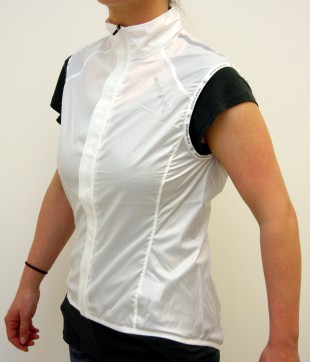
Opt for gilets that are packable, made of lightweight material and windproof. Some of the best gilets have windproof material at the front and breathable mesh at the back to let moisture escape.
ARM WARMERS
These are the ultimate weapon for changeable weather. A long ride can see you set off early when there’s a chill in the air. To combat this, combine a short-sleeved jersey with arm warmers.
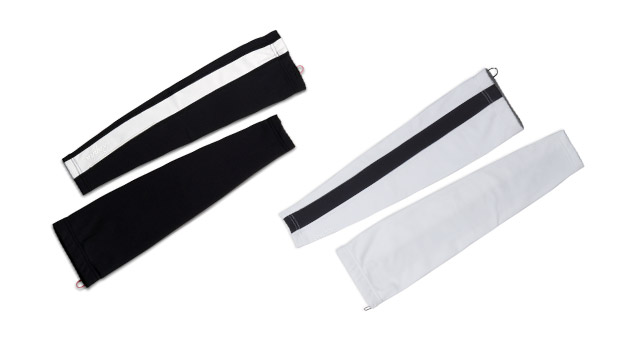
If you’re cycling a route with a number of climbs, arm warmers are incredibly useful to help regulate your body temperature. If you’re approaching a climb, you can slide the arm warmers down your wrists, then push them back up when you hit the top, ready for the descent.
GLOVES
It’s probably time to ditch the lobster mitts, but with the wind still able to pack a punch, don’t rush straight for fingerless gloves.
It’s often wise to layer gloves at this time of the year. Have a thin full-fingered glove under a windproof top layer. This means as you’re warming up, you will have the warmth of two layers, but when you’re climbing up hills, you’ll have the option to shed the windproof shell.
LEG WARMERS
Leg warmers, like arm warmers are an alternative to using ¾ or full length bibs. These are great for if you’re attending a sportive, they keep you warm while signing on, but allow you to be ready at a moments notice.
Some people struggle with leg warmers as they grip tightly round the thigh area. If positioned so the grippers rest on where the thigh rubs the nose of the saddle, chaffing can occur.
If you are a keen sportive rider, opt for leg warmers. If you are set to go on long recreational rides, we’d suggest sticking with faff-free ¾ length shorts, with fewer seams and grippers, they are the more comfortable option.
OVERSHOES
Although your feet turn the pedals, it’s often your toes that feel the cold the most. Don’t neglect them, ensure they’re kept warm enough with lightweight cycle socks that are worn over the shoes. They’re not waterproof, but do help protect your feet from wind chill.
Don’t let the weather ruin your enjoyment of a good ride. Take a little time to pick the right gear and make the transition from winter to summer an easy one.



